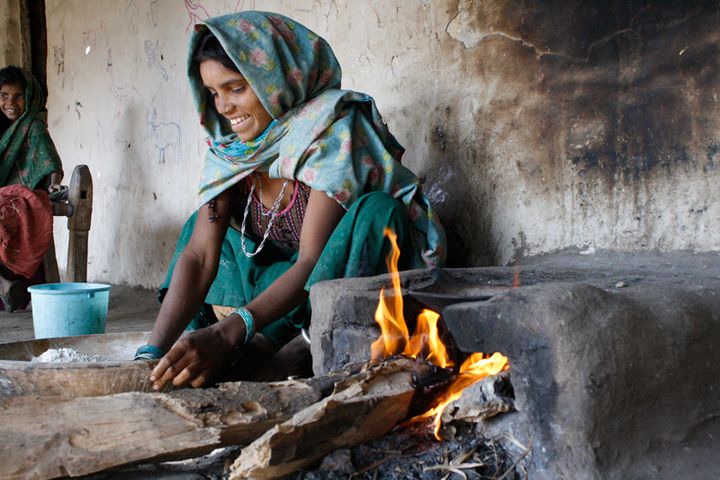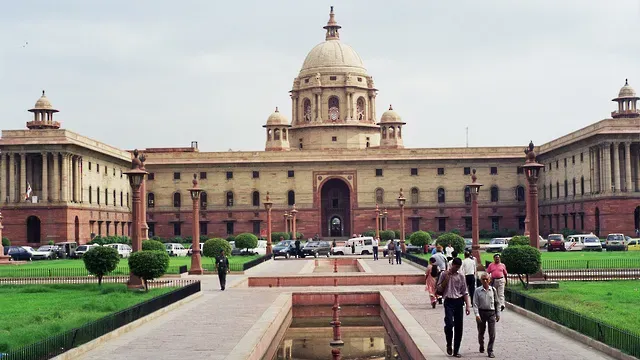The Weekend Read: Pandemic lessons for India's energy sector
In conversation with Rahul Walawalkar

Welcome to this weekend’s edition of Lights On, a newsletter that brings you the key stories and exclusive intel on energy and climate change in South Asia.
If you are not a subscriber, you can sign up below, for free, or you can support my work by purchasing a membership:
While the pandemic has paralysed our lives in many ways, the threat of climate change has only kept growing, and with it the need to decarbonise the world’s economy. In India, this doesn’t just mean adding more solar, hydro and wind capacity to the mix, but rethinking a system that was designed with fossil fuels in mind.
The Covid crisis has shown the resilience of India’s energy infrastructure, but it has also laid bare some of its weaknesses, and these are becoming even more urgent as the country moves away from fossil fuels. I spoke with Rahul Walawalkar, president of the India Energy Storage Alliance and a recently appointed adviser to the Central Electricity Regulatory Commission (CERC), to learn what a post-pandemic energy system should look like.
Lights On: How did India’s energy systems do in the face of the Covid crisis?
Rahul Walawalkar: The electric grid was identified as one of the essential activities, and utilities as well as all the frontline workers have done an amazing job. Despite all the uncertainty and the lockdowns, we haven't had any grid failures, a feat which takes amazing coordination. Here, credit needs to be given to all the distribution utilities, because most of the time they get a bad reputation for their financial issues. But when it comes to the technical aspects, I think everyone has pulled together quite well and have kept the lights on.
In terms of the challenges, I think [the pandemic] has been particularly difficult financially. We still don't know, and it will be maybe another six months before we really understand the impacts of the lockdowns, [for example] how much of those [assets] will end up becoming stranded. So financially, I think there are still a lot of challenges and a lot of unknowns, but otherwise technically and operationally I think India did reasonably well.
In what other areas could India have done better?
Last year India reacted very quickly. And with the lockdown we were able to contain some of the Covid related impacts to a large extent. But at the same time, we should have used that time to strengthen the system: things like improving preparedness for this second wave, we could have done much better, not just in terms of medical facilities or other infrastructure, but many of the other systems as well.
Right now, there is uncertainty on the renewable development side, where there have already been a lot of delays in the contracting and other processes, because the distribution companies are saying that they are not getting paid from consumers or the demand is low.
We now need better governance and policy coordination, investors and businesses need clear direction, otherwise the situation could affect the general investor sentiment in the long term. For now there are no adjustments of India’s energy targets, but based on what has been happening over the last year, we definitely need to think about what exactly the goal is, what's the target, who is going to pay for it, how to get there. We can’t leave it to individual companies to make their own different conclusions, there needs to be a coordinated effort on the policy side from the Ministry of New and Renewable Energy and other agencies.
So the target is there, but there isn't clarity on how to help the system as a whole to get there.
Exactly. Reaching the first 50 percent [of the goal] was relatively easy, right? Because it was the cheaper thing to do, and people were ready to sign up. But with the next 50 percent things are getting more complex. If we aim at 175 gigawatt of renewables, we are talking about more than 60-70 percent of the peak load consisting of just renewables. That would be a major hit for many of the distribution companies [which currently rely on fossil fuels]. Due to Covid, the problem has gotten worse because energy demand hasn’t risen the way it was anticipated. So there needs to be some more clarity on [how to go about] that.
What are the areas of India’s energy system that should have been targeted during the first lockdown to improve its resilience in the face of new waves?
I think by now we should have realised that just investing in installed capacity, either for generation or for transmission distribution, is not always helpful, because then you're just basically hoping for growth. What was demonstrated this time is that you need to have more flexibility. Once you have overbuilt the system, you can obviously use it at lower capacity, but then the challenge is financial, because all those overbuilt assumptions are based on certain financial return expectations, and obviously if you are under-utilising the system it is not going to pay off.
So we need to learn from the Covid crisis about [what kind of] flexibility is required in the system. What type of programmes or technologies can enable it? It's not only about storage, although storage is definitely a key part of it. Better demand-response technologies can help India optimise the investment in some of the peaking capacity which otherwise we were planning to make. I hope that the data from the last few years can be used in better integrated resource planning now, so that the next five-year investments can be allocated in a better way, rather than just looking at building more transmission lines and more renewable farms.
As India slowly emerges from the crisis, what technologies will matter the most to transform the energy system?
Obviously wind and solar are going to continue to play an increasingly big role in the coming years, because they have now reached grid parity, and I feel that energy storage is a very integral part of the process. However, with the kind of vision that the Indian government has set up, you need to look beyond the electricity sector, because there are big question marks about where the demand for 450 gigawatts of renewable energy is going to come from in the next 10 years.
In this case we need to also look at pathways to decarbonise other industries and sectors. Green hydrogen is an area we are paying close attention to, not just for fuel cells, but also looking at directly using hydrogen for different industrial processes like steel manufacturing, cement, petrochemical or fertilisers. If we can start decarbonising those, then there is a tremendous potential for impact. Then there’s the transportation sector, where we have been dependent on oil for centuries. But within the next five years we are convinced we are going to see a very drastic change. Many assume that this change is going to be slow, but I have a gut feeling that they will be surprised. And it’s not just about cars now: we expect that marine transportation is going to be the next area. Electric planes won't be too far away. There is a lot of disruption waiting to happen.
This interview has been edited for length and clarity
That’s all for today! If you like what you read, please consider signing up for free or as a member:



